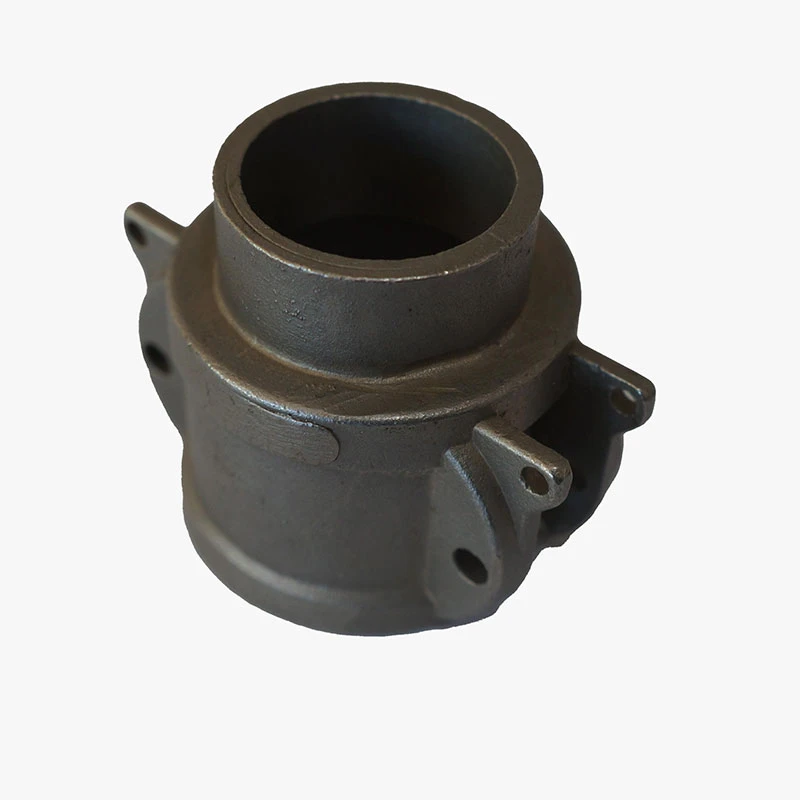Innovative Techniques in Large Sand Casting for Enhanced Production Efficiency
The Art and Science of Large Sand Casting
Sand casting, one of the oldest and most versatile metal casting processes, remains a pivotal technique in modern manufacturing and metalworking. As industries demand larger and more complex components, large sand casting has emerged as a vital solution. This process involves pouring molten metal into a sand mold, allowing it to cool and solidify into a specific shape. Let's explore the intricacies and significance of large sand casting, focusing on its advantages, applications, and production techniques.
The Process of Large Sand Casting
The process begins with the creation of a mold, which is typically made from a mixture of sand, clay, and water. In large sand casting, the molds can be quite expansive, facilitating the production of large parts such as engine blocks, large industrial machinery components, and construction parts. The primary steps include
1. Pattern Making A pattern is created, usually from wood, metal, or plastic, representing the final part. For large components, patterns are often made in halves, as this facilitates easier removal of the pattern from the sand.
2. Mold Production The pattern is embedded in the sand mixture, and pressure is applied to ensure a tight fit. For large sand casting, using a molding box that can accommodate the size of the pattern is crucial.
3. Pouring the Metal Once the mold is prepared, molten metal, typically aluminum, iron, or steel, is poured in. The temperature of the metal can vary significantly based on the material being used, requiring careful control to avoid defects.
4. Cooling and Solidification The metal cools within the mold. The cooling rate can affect the properties of the final product, including strength and durability.
5. Finishing After the metal has solidified, the mold is broken away, and the casting is cleaned and finished. This may involve machining, welding, and surface treatment processes to achieve the desired specifications.
Advantages of Large Sand Casting
large sand casting

Large sand casting offers several advantages that make it a favorable choice for manufacturers
- Cost-Effectiveness Sand is a relatively inexpensive material, and the sand casting process does not require expensive equipment or tooling, especially for small production runs.
- Versatility The process can accommodate a wide variety of metals and allows for complex shapes, making it suitable for different industries, from aerospace to automotive.
- Scalability Large sand casting can produce both single items and large batches, catering to both prototype development and mass manufacturing needs.
- Strength and Durability Cast components produced using this technique exhibit excellent mechanical properties, which are essential in heavy-duty applications.
Applications in Various Industries
The applications of large sand casting are extensive. In the automotive industry, it is commonly used to manufacture engine blocks and other heavy components. The aerospace sector utilizes this technique for producing intricate parts that require high strength-to-weight ratios. Additionally, construction equipment manufacturers rely on large sand casting for producing durable parts that can withstand extreme conditions.
Moreover, the energy sector benefits significantly from this technique, as large sand casting is crucial for creating components for wind turbines, generators, and other energy equipment. The capability to produce large, robust components efficiently enhances operational efficiency and sustainability.
Conclusion
In summary, large sand casting is a remarkably efficient and adaptable manufacturing process that plays a critical role across various industries. Its ability to produce large and complex components, combined with its cost-effectiveness and versatility, positions it as a cornerstone in contemporary manufacturing practices. As technology advances and industries evolve, the significance of large sand casting is likely to persist, continuing to meet the demands of modern engineering and manufacturing challenges. Whether in crafting essential automotive parts or producing robust machinery components, large sand casting remains a testament to the timeless blend of art and science in metalworking.
-
OEM Sand Cast Pump Valve Fittings - Hairun Sourcing | Precision Engineering, Industrial EfficiencyNewsJul.13,2025
-
EcoGuard 3000 - Sustainable Agriculture Solution&Soil Health ImprovementNewsJul.13,2025
-
SmartAgri Solutions: Smart Farming Tech | AI Analytics & IoT SensorsNewsJul.13,2025
-
[Product Name]-[Company Name]|Business Efficiency&InnovationNewsJul.13,2025
-
Smart Factory Solutions-Industrial Efficiency|Real-Time Analytics&Automated WorkflowNewsJul.12,2025
-
OEM Sand Cast Pump Valve Fittings - Hairun Sourcing | Durable, Reliable, CustomizedNewsJul.12,2025















